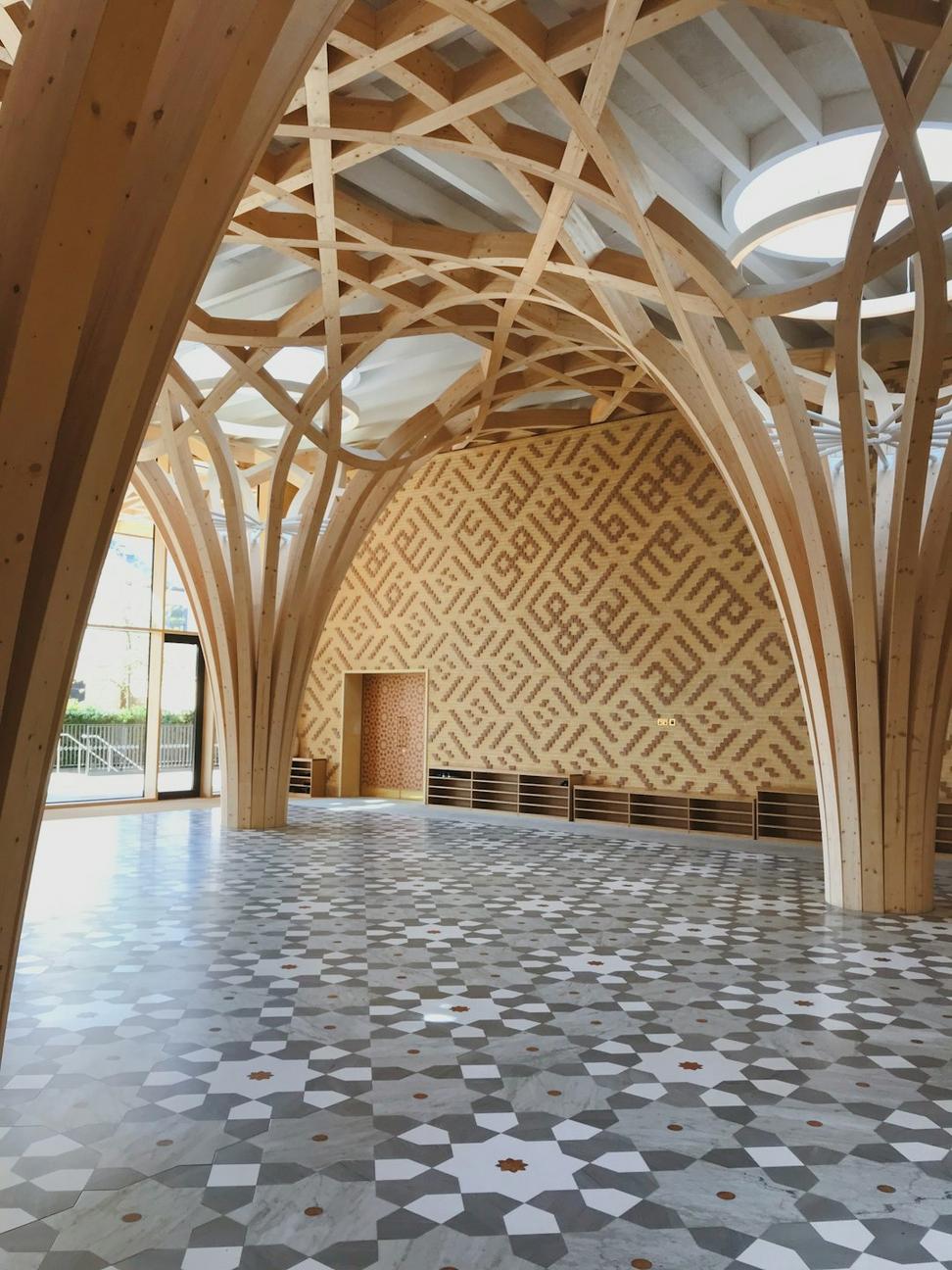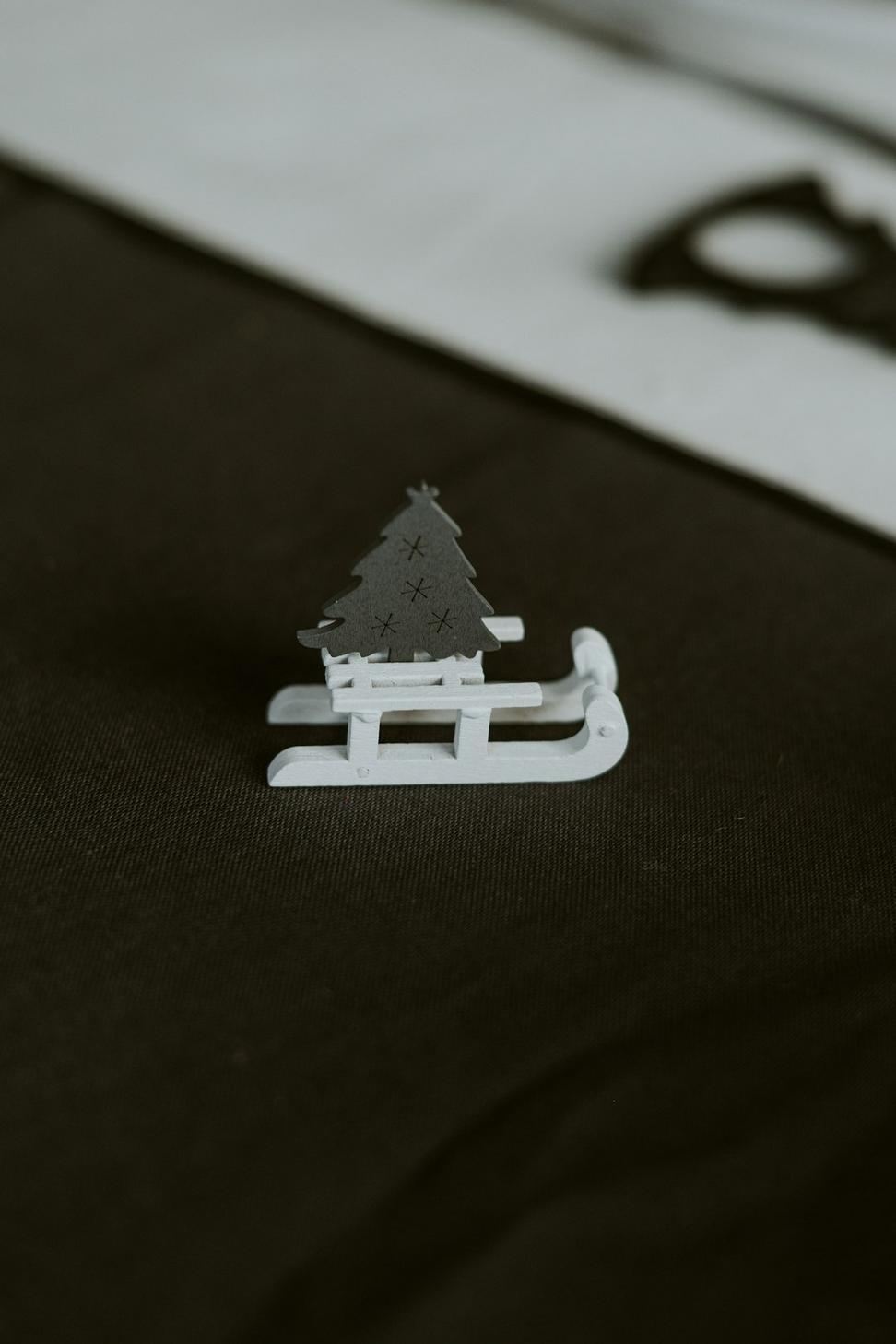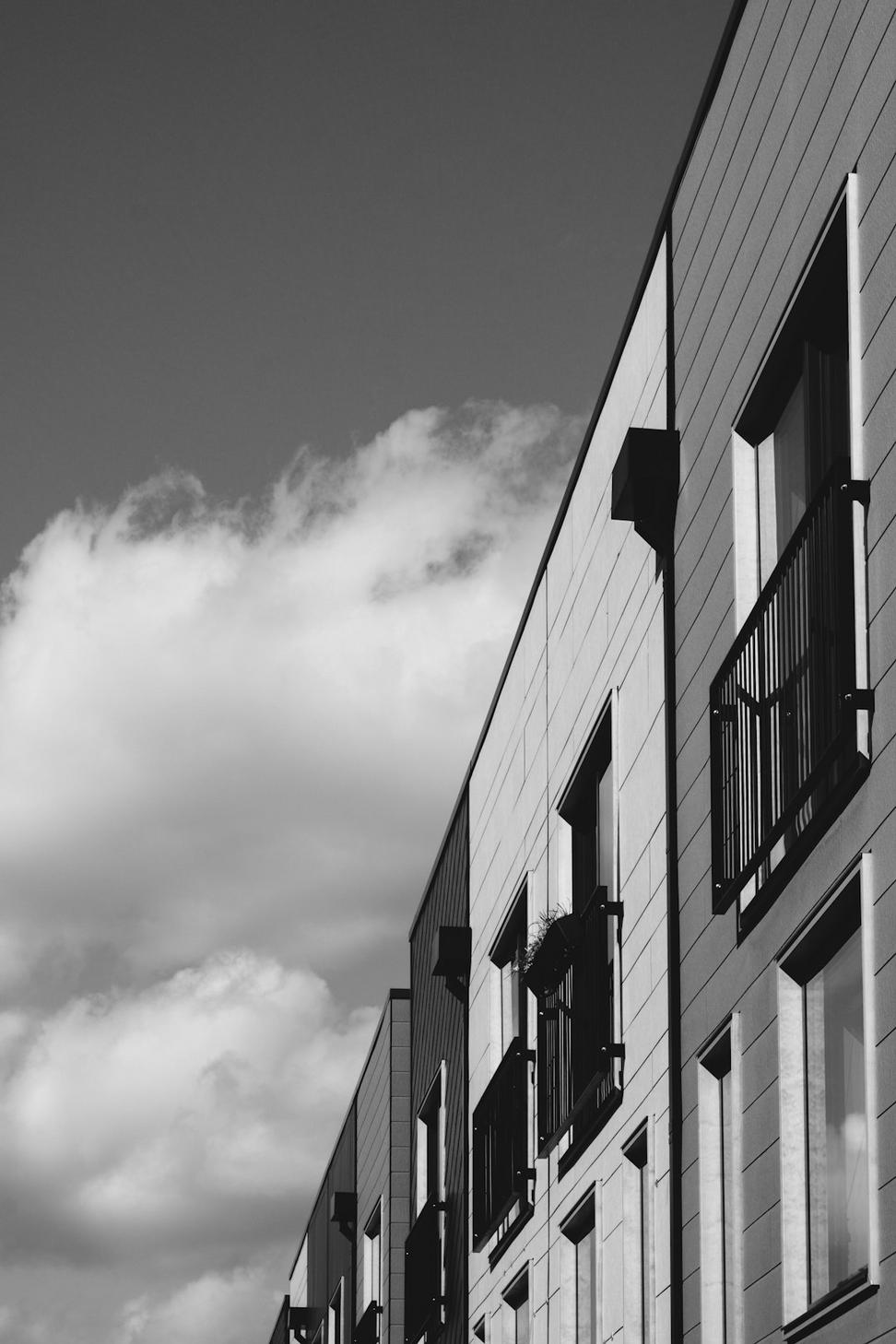
Our Design Philosophy
Honestly? We got tired of the whole "slap some solar panels on it and call it green" approach. Real sustainable design means thinking about the entire lifecycle - from where materials come from to how a building breathes and ages over decades.
We've learned that the best sustainable buildings don't scream "I'm eco-friendly!" - they just work better, feel better, and happen to use way less energy. That's the sweet spot we're always chasing.

